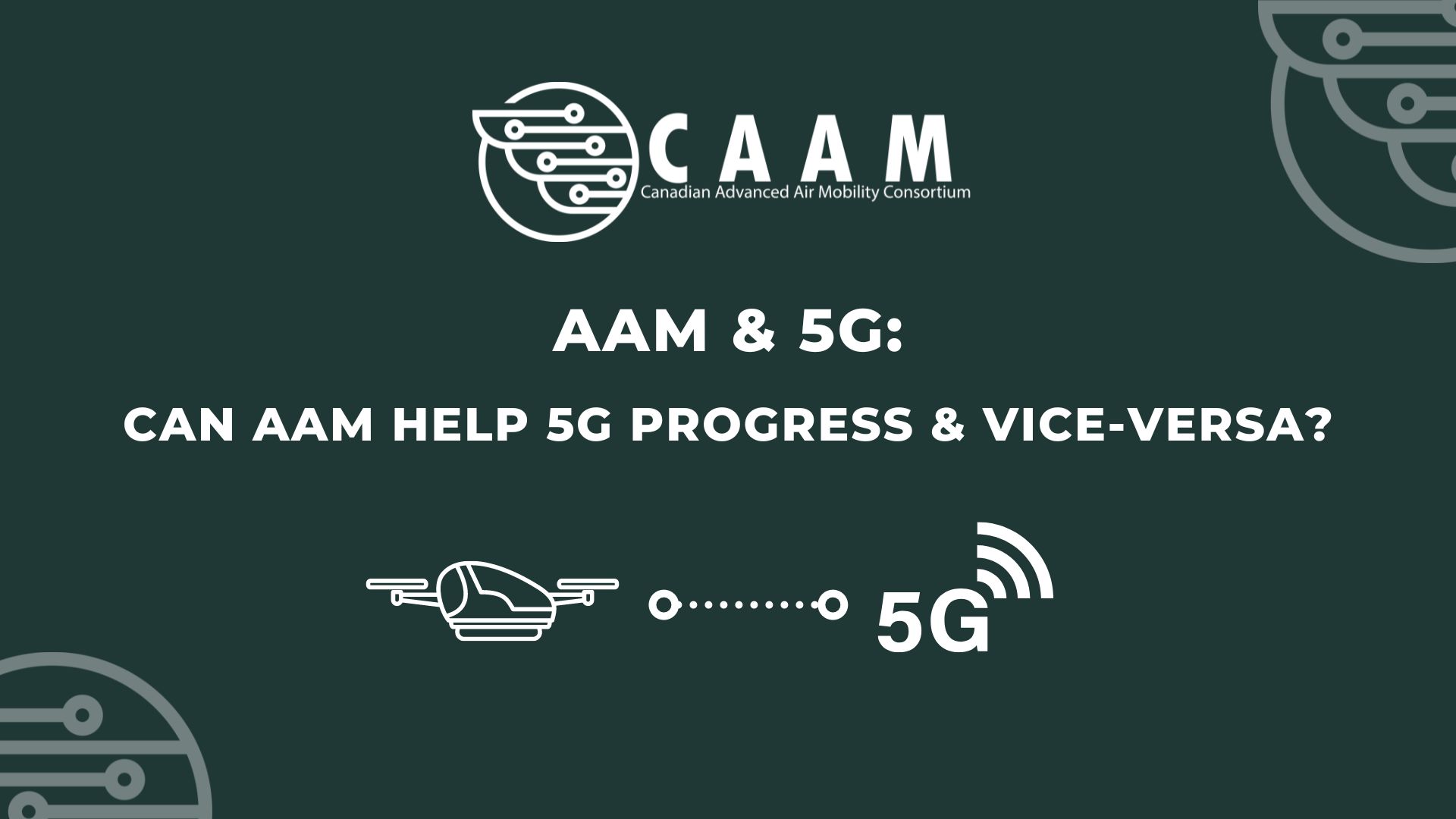It’s 2028 and you’ve just leaned back into the couch at your house, waiting for your friend. She lives on the other side of town and it’s just after 5pm the worst time to be on the roads. With some luck you’ll see her in just over an hour if it doesn’t start to rain. As your deciding between Greys Anatomy episodes to watch, you look out the window and see something flying in the distance, approaching your balcony. You assume it’s a drone delivery of something your roommate ordered. A few minutes later, the doorbell rings.
What?
No way. She can’t be here already.
Yes she is. Your friend just got off a new transit system that dropped her off at the top of your apartment building. This isn’t science fiction. This is Advanced Air Mobility.
Advanced Air Mobility(AAM) is a new industry that is growing out of several areas of innovation in today’s technology, transportation and manufacturing sectors. Conventional aerospace has been improving the technology it uses to fly, land, and manage aircrafts for the past 50 years. Software companies themselves have become steadily better at mapping and meeting customer needs with tools that seem to improve daily. Manufacturing of advanced composites has improved materials to be lighter, stronger and more effective than ever before. All of these technologies have been developed separately, but each will play a key role in this new industry we call Advanced Air Mobility.
So what is advanced air mobility?
Advanced Air Mobility is globally recognized as the frontier of aviation. Both the drone and conventional aviation sectors have been instrumental to get us to this point, and now we’re excited to leverage all of these improvements into things that fly which are lighter, faster, and run on zero emissions.
Advanced Air Mobility encompasses the movement of people, goods, and services in urban and regional areas which are not accessible by traditional airplanes. Urban Air Mobility and Regional Air Mobility are under the umbrella of Advanced Air Mobility.
Where did the term “AAM” come from?
NASA was the first one to introduce the term Advanced Air Mobility or AAM. The vision of AAM was to provide a safe, affordable, accessible and automated air transportation system, capable of serving inaccessible or hard-to-reach urban and rural areas. According to NASA by 2030 there will be around 500 million flights a year for package delivery services(like the uber food example!) and 750 million flights a year for air metro services, thanks to the help of Advanced Air Mobility.
AAM is Zero emissions – hydrogen/electric!
In efforts to be environmentally sustainable, Advanced Air Mobility’s progress depends on the worldwide development of new battery electric and hydrogen fuel cell technologies. The more advancement in such technologies, the faster and more efficient the Advanced Air Mobility becomes. The sky’s the limit for innovation in this industry!
RAM and UAM
Advanced air mobility is not just for the movement of goods and services, but it can also be used for moving people in urban and regional areas. Urban air mobility and regional air mobility are both under the umbrella of Advanced Air Mobility, with each serving different aircrafts and vehicles according to their purpose.
Drone or plane?
Advanced Air mobility technologies are not just drones and futuristic looking air crafts! Any technologies comprising vertical takeoff and landing (VTOL) aircraft, short takeoff and landing (STOL) aircraft and conventional takeoff and landing (CTOL) aircraft would be part of the Advanced Air Mobility framework.


